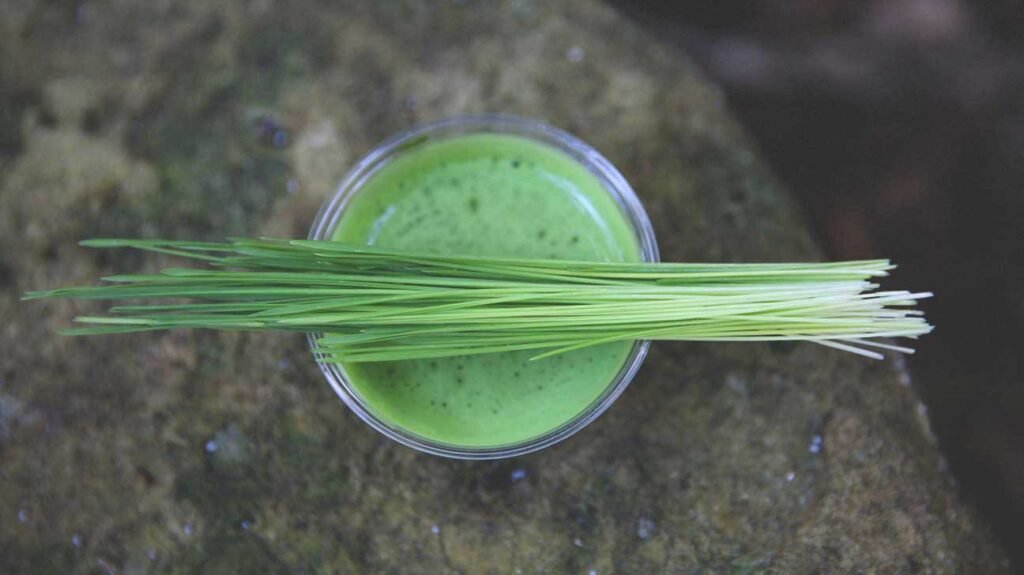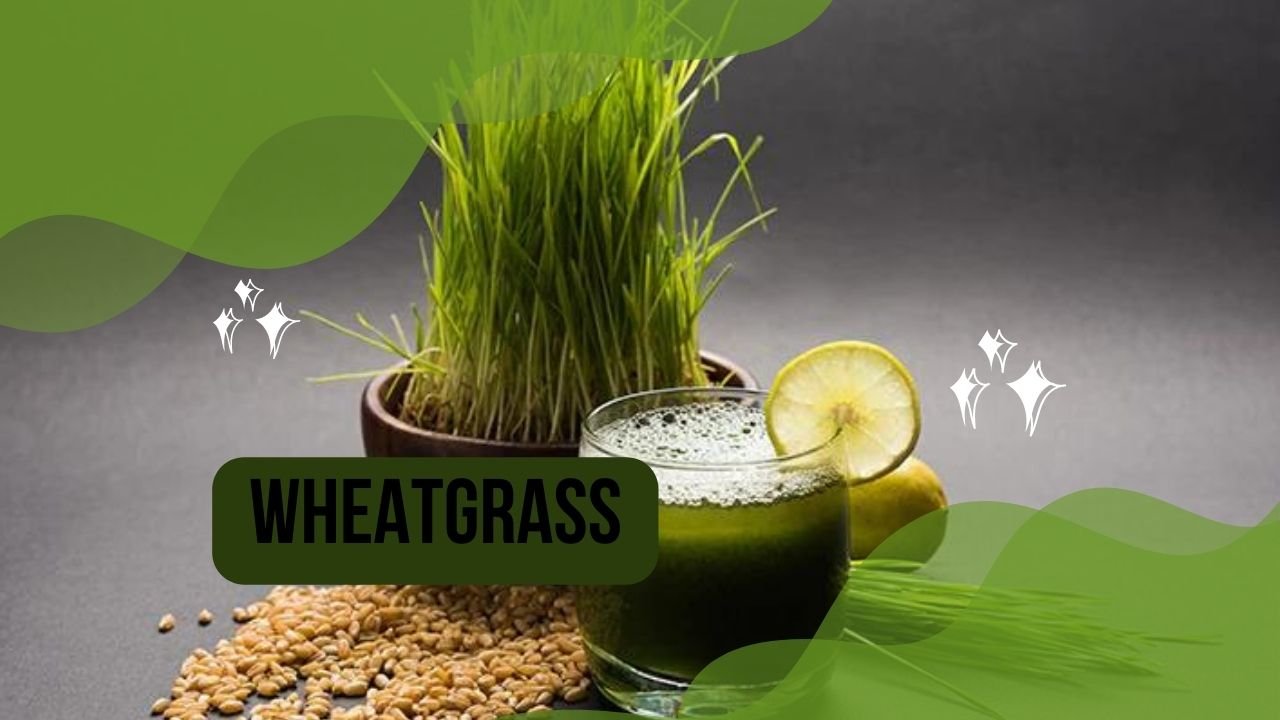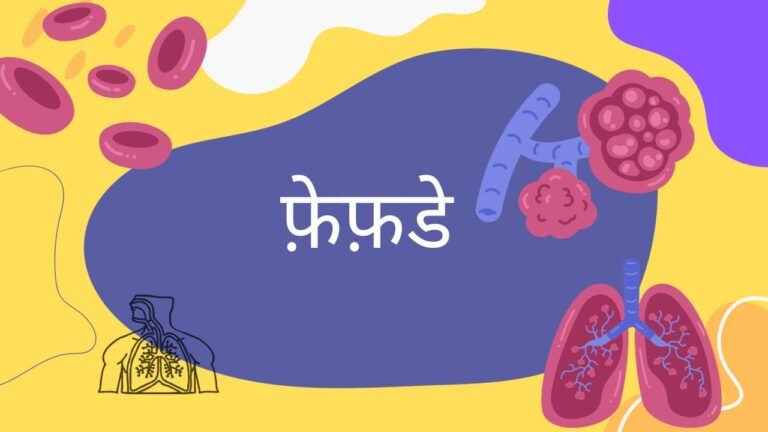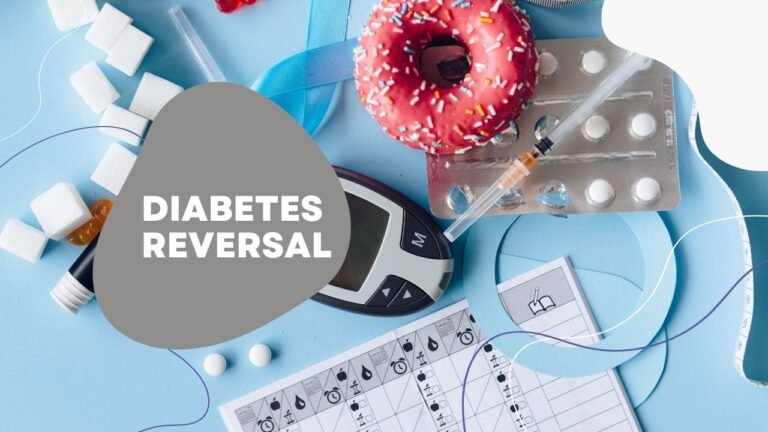Wheatgrass: The Panacea of Earth
Wheatgrass
WHAT IS WHEATGRASS
Wheatgrass is a young green shoot of the wheat plant (Triticum aestivum) that is frequently juiced and consumed as a nutritional supplement. Many people know that wheatgrass is a superfood but are unaware of why. Before incorporating it into your diet, here are the most important reasons to understand.
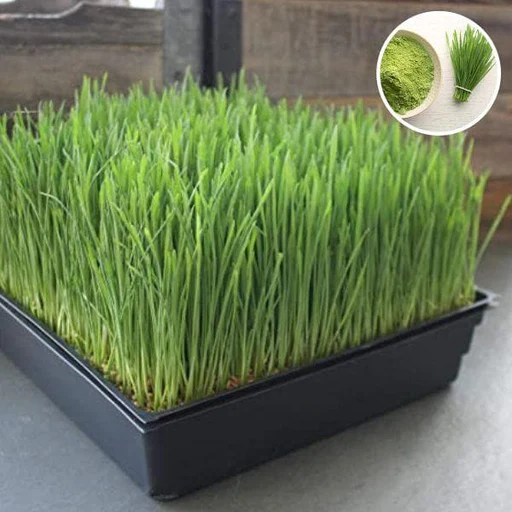
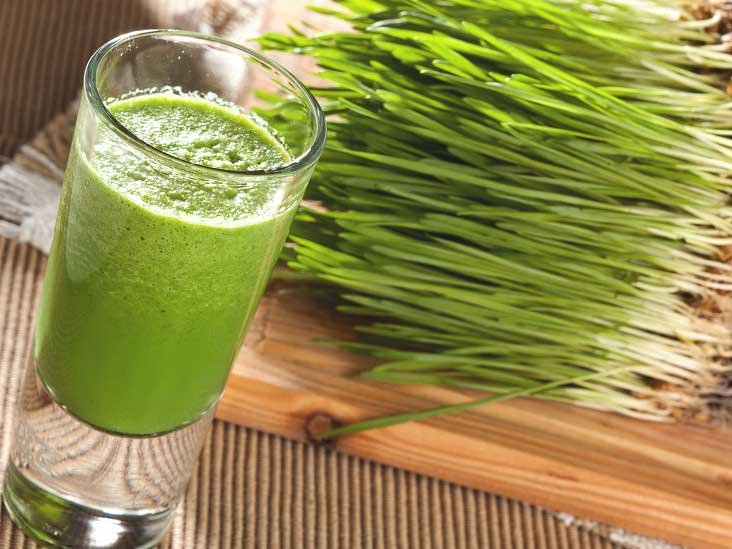
WHAT ALL CONTENT DOES IT INCLUDES: Wheatgrass contains the majority of the nutritional contents, including vitamins (a, c, e), 17 different amino acids, magnesium, selenium, iron, and protein. highest chlorophyll content, which protects DNA and cells from damage as well as the ageing process.
WHY IS IT CALLED GREEN BLOOD: Wheatgrass is known as “green blood.” The term “green blood” refers to wheat grass’s high chlorophyll content, which accounts for approximately 70% of its total chemical constituents, iron, and haemoglobin. Furthermore, the Ph. level of wheatgrass is nearly equal to that of our blood’s Ph level, plus the basic nutritional content that our bodies carry. Wheatgrass contains 90% of all nutrients.
THE BENEFITS OF WHEATGRASS
Wheatgrass benefits more than 365 diseases, ranging from minor ailments like acidity to major ailments like cancer. It contains many anti-oxidants that help our bodies detoxify, and detoxification helps reduce 80% of our diseases and other diseases that enter from outside. Wheatgrass therapy is recommended for patients suffering from chronic diseases such as Asthma, Atherosclerosis, Parkinson’s disease, Joint pains, Constipation, Hypertension, Diabetes, Insomnia, Bronchitis, Sterility, Hemorrhage, Obesity, and Flatulence. It is also beneficial in the treatment of cancer and other diseases.
- Vitamins
Vitamin A improves the lustre of the skin, gives it a glow, and keeps it disease-free.
Vitamin B helps with digestion. It can help with digestive issues, mental depression, insomnia, premature ageing, and anorexia
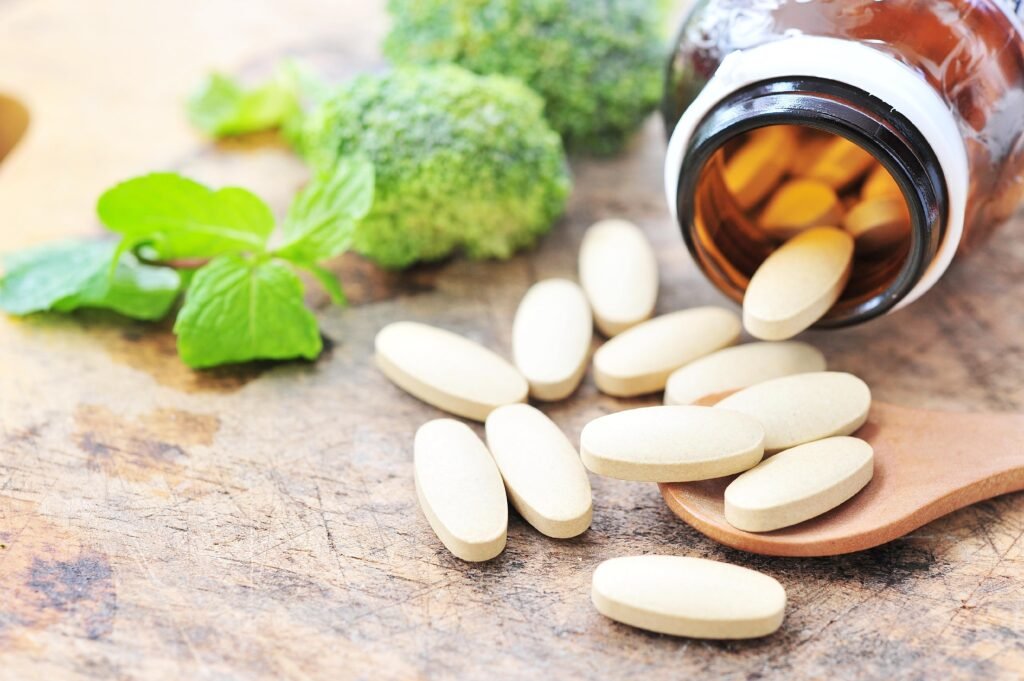
Vitamin C aids in the recovery from illness (including the common cold) and the prevention of diseases such as scurvy. It is necessary for healthy gums and teeth, as well as bone maintenance.
Vitamin E dilates capillaries, allowing blood to flow freely. It prevents abortion, diabetes, cancer, heart disease, and dysmenorrhea, among other things. This antioxidant and fertility vitamin is also a heart protector.
- Msm
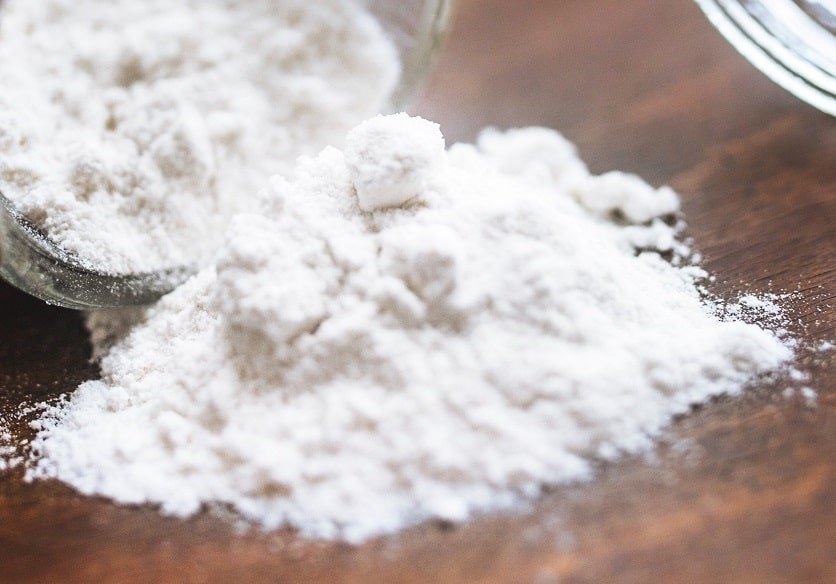
MSM is a sulfur-containing molecule found in all living organisms that are destroyed by processed foods. It helps our bodies use vitamins, reduces allergies, detoxifies the body, increases oxygen, and reduces inflammation.
- Amino Acids and Proteins
Proteins are necessary for muscular strength and physical beauty. Proteins are used to create plasmas, hormones, and antibodies. Amino acids aid digestion, blood formation, and heart function.
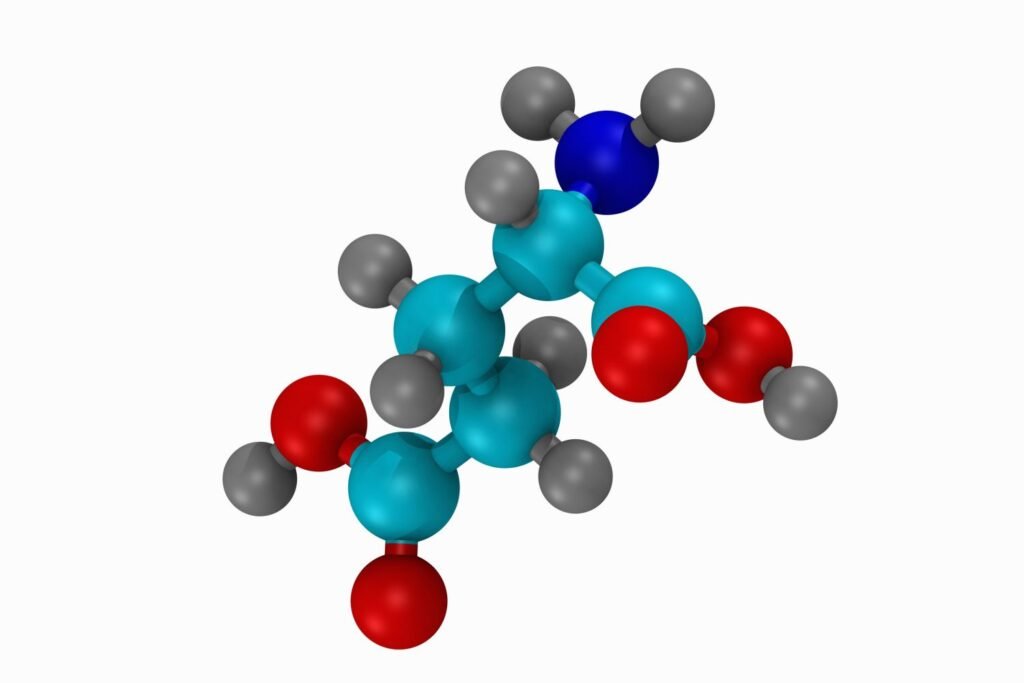
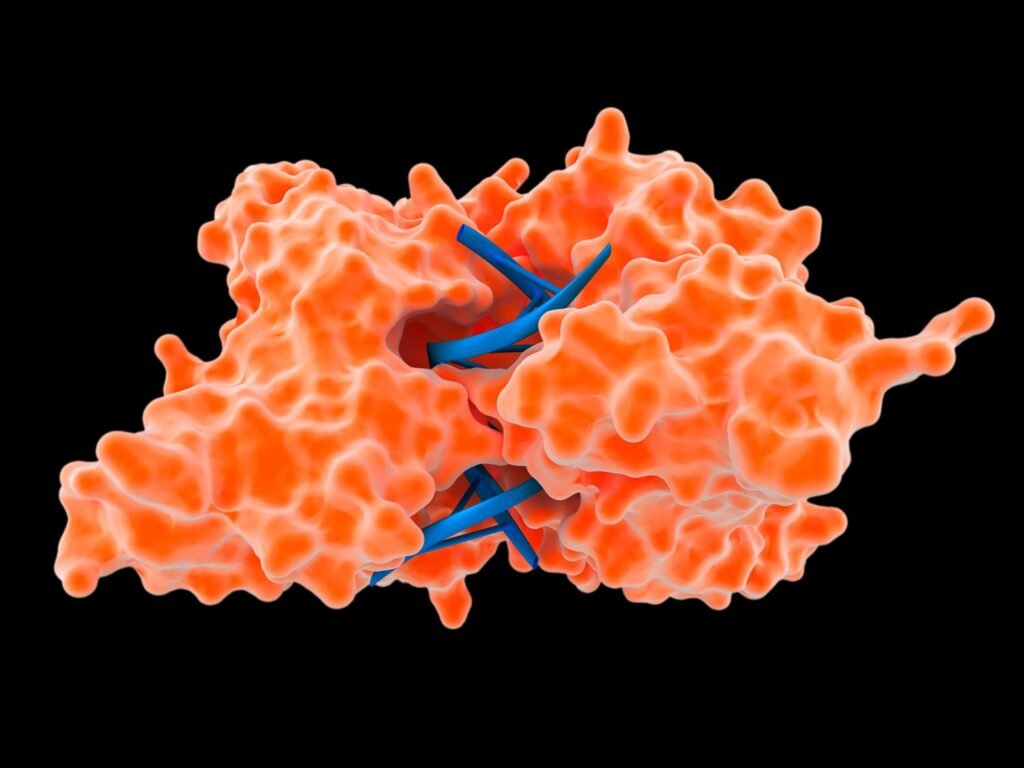
- Enzymes
Enzymes are a digestive element that can help with dyspepsia, digestion, building a healthy body, and preventing premature aging.
- Minerals
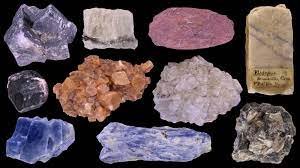
Calcium is the primary stimulator of vital activity. It strengthens the bones, restores an alkaline environment in the body for children, and gives vitality to the elderly. It is beneficial in the treatment of diseases such as haemorrhage, body distension, slow movements, coldness, and varicose veins, among others.
Potassium: Beneficial for youth radiance and lustre, hypertension, dementia, palpitation, tiredness, suicidal thoughts, and depression. Potassium, dubbed the “youth mineral” by some nutritionists, aids in the maintenance of a healthy mineral balance and body weight.
Zinc: Beneficial for prostate gland disorders and hair nourishment.
Sodium controls the extracellular fluid volume. It also maintains proper water balance and regulates the acid-base balance in the body.
Magnesium: Magnesium is essential for muscle function and bowel health because it aids in elimination.
- Chlorophyll
Chlorophyll, the most important component of wheatgrass, is found in cells known as chloroplasts. The chemical composition of wheatgrass juice is strikingly similar to that of human blood. The only difference is that the central element in chlorophyll is magnesium, whereas iron is in haemoglobin.

Wheatgrass, like all green plants that contain chlorophyll, has a high oxygen content. Because the molecular structure of chlorophyll in wheatgrass and haemoglobin in the human body are similar, wheatgrass is known as “GREEN BLOOD.” Human blood has a pH factor of 7.4. The pH of wheatgrass juice is also 7.4, which may explain why WGJ is quickly absorbed in the blood. Wheatgrass contains chlorophyll, which can protect us from carcinogens and strengthens our cells. It is anti-bacterial and can be used as a healer both inside and outside the body. Toxins in the body are neutralized by chlorophyll, and blood sugar problems are improved.
- Blood and Blood Circulation System Disorders
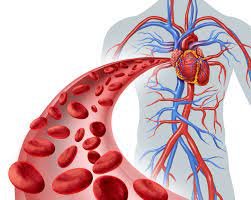
Anaemia, high blood pressure, atherosclerosis, internal haemorrhage, clotting, and other conditions fall into this category. Regular consumption of wheatgrass juice works wonders, especially in the case of anaemia, which no other therapy can cure as quickly. It is recommended that you drink 200 mL of juice twice a day.
- lack of haemoglobin
Wheatgrass juice is marketed as a replacement for natural red blood cells. Wheat Grass contains all of the compositions found in haemoglobin. Because of its structural similarity to haemoglobin, it is also known as green blood. Wheat Grass contains a variety of nutritious and preventative ingredients.
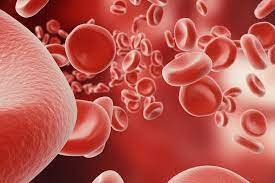
- Increased Uric Acid Levels in the Blood
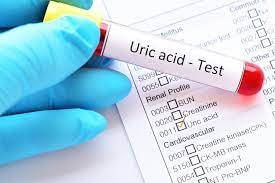
Uric acid buildup in the blood causes complications such as swelling, digestion issues, insomnia, and so on. This can also be treated with WGJ.
- Diseases of the Respiratory System
The regular regimen of this wheat grass juice therapy cures common colds, asthma, bronchitis, and other related diseases. The common cold usually goes away within a few days. Asthma is a tenacious disease that responds to nearly every available treatment. However, taking wheat grass juice twice a day works wonders in this case as well.

- Digestive disorders
Wheatgrass therapy is most effective for digestive problems. Some of the most common diseases are constipation, indigestion, flatulence, nausea, vomiting, acidity, and stomach and intestine ulcers. It is an excellent laxative in cases of severe rectal bleeding. There were no serious side effects discovered. Grass juice appeared to be effective and safe as a single or combined treatment for active ulcerative colitis. This enema is extremely beneficial for colon, mucous, ulcerative colitis, and chronic constipation.
- Tooth Problems
Wheat is useful in the prevention and treatment of pyorrhoea. It takes time to eat wheat, and because it is usually consumed with other foods, it necessitates the chewing of other foods as well. Wheatgrass juice works well as a mouthwash for sore throats and pyorrhoea. It also protects against tooth decay and toothaches.

- Toothache Treatment
Wheatgrass juice is an excellent mouthwash for tooth decay and toothache relief. Wheat grass can be chewed for health benefits.
- Joint Disorders
This category includes joint swelling, joint pain, osteoarthritis, bone rotting, and other conditions. Wheatgrass’s effectiveness in the treatment of bone and joint disorders is due to its potent anti-inflammatory properties. It can significantly aid in the reduction of pain, swelling, and inflammation, as well as the control of subcutaneous and cutaneous bleeding, thereby enhancing the natural healing process.
- Skin Disorders
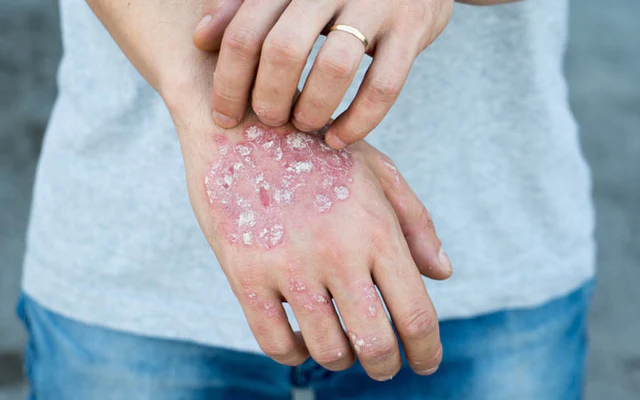
- Gangrene
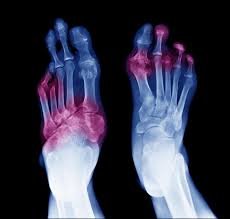
Every day, apply wg powder to the wounds three times. As a result, the situation will be improved and cured in about 10 months. Kidney function and haemoglobin levels in the blood return to normal.
- Itching of the Skin
Severe itching all over the body will result in wounds. The itching will be reduced within a month with Wheatgrass therapy.
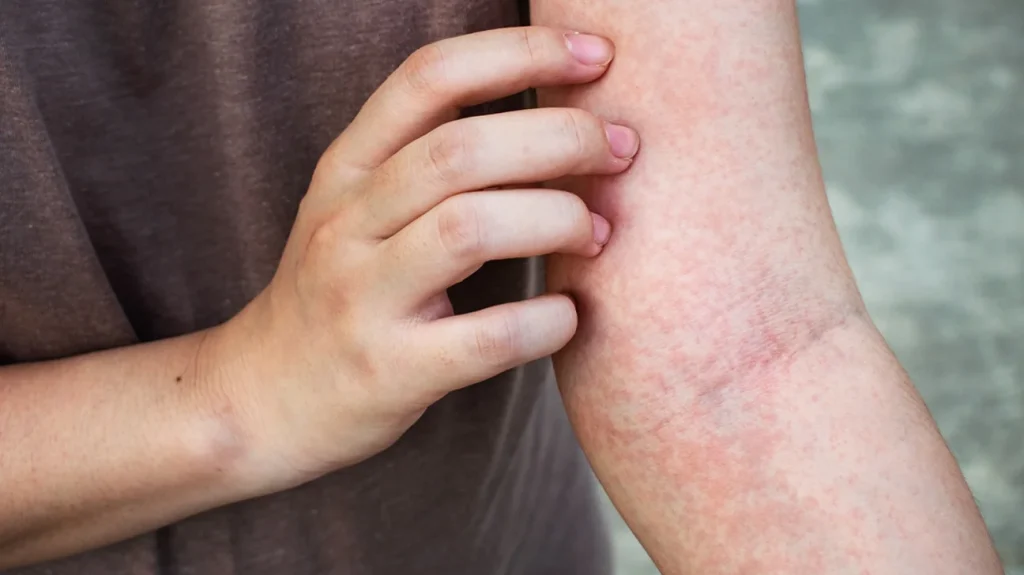
- Disease involving the reproductive organs
The two diseases/disorders that this therapy can treat with relative ease are sexual debility and dysmenorrhea. Taking wheat juice orally and applying parts of the soft portion of wheatgrass to the private parts greatly aid in the cure of the disease.
- Ear Disorders

- Reduces X-Ray Skin Toxicity
Deep X-ray therapy for breast cancer treatment can be fraught with complications and adverse reactions known as “skin toxicity.” This essentially means that after treatment, the skin becomes inflamed, blisters, and breaks down, resulting in pain, difficulty managing, and wound infection. Due to skin toxicity, the patient must wait significantly longer between treatments for the skin to recover sufficiently to allow the next treatment. This, in turn, lowers the patient’s chances of recovery.
- Migraine Treatment
Migraines are severe, recurring headaches that can be excruciatingly painful for hours. While there is no cure for migraine, home remedies, and lifestyle changes can help alleviate symptoms. Wheatgrass is a highly digestible, concentrated source of nutrients that is commonly used as a supplement for the natural healing of all types of illnesses, including migraines. Wheatgrass contains chemicals that have been shown to have antioxidant and anti-inflammatory properties (which are beneficial to overall health and migraines). Wheatgrass treatment typically entails consuming a small amount of freshly juiced wheatgrass on a daily basis.
- Antioxidant Capability
Wheatgrass aqueous and ethanol extracts inhibited the growth of leukaemia cells, and an increase in CAT, SOD, and ADA activities was measured in cell lines treated with wheatgrass extracts. The concentration of vitamins C and E, beta carotene, ferulic acid, and vanillic acid in wheatgrass increases as the plant matures. A study on MCF-7 breast cancer lines with various extracts revealed the highest free radical scavenging activity and cell-killing properties. Wheatgrass antioxidant activity has been measured under various conditions. (1) tap water, (2) tap water with nutrients, (3) soil and tap water, (4) soil with nutrients, the ethanol extract of wheatgrass has the highest FRAP values on day 15 of growth under condition 4. Wheatgrass contains the antioxidant enzyme superoxide dismutase, which converts dangerous free radical reactive oxygen species into hydrogen peroxides, which are not as harmful as superoxides and oxygen molecules.
- Anti-Inflammatory Properties
Wheatgrass cream has been shown to reduce inflammation and skin toxicity caused by radiotherapy. However, according to another study, the topical application of wheatgrass has been used to treat burns and ulcers.
Pharmacokinetics: Wheatgrass proteins, lipids, and carbohydrates are digested, absorbed, and metabolized through normal physiological processes.

Contraindications: Wheatgrass is not recommended for people who are allergic to any component of a wheatgrass supplement.
Precautions: Pregnant women and nursing mothers should avoid supplements containing wheat grass.
Vitamin K levels in wheatgrass supplements may be high. Those taking warfarin should use wheatgrass supplements with caution.
Adverse reactions: Wheatgrass juice is safe, with a very low incidence of side effects.
- Preleukemia (Myelodysplastic Syndrome)

Wheatgrass juice reduces Ferrite (Iron) levels in myelodysplastic syndrome (Preleukemia). Wheatgrass juice is a must for all cancer patients, whether they have been operated on,
have had Chemo/Radiation, or have received no Allopathic treatment. Wheatgrass contains SOD, Selenium, and Laetrile (B17), which kill cancer cells and increase WBC and RBC counts for a faster cure.
- Cancer of the Breast
Chemotherapy-induced bone marrow damage (where new blood cells are produced) can be fatal. White blood cell and red blood cell counts can fall dangerously low. There are medications that can help increase blood cell count, but they have negative side effects and are more expensive. It was discovered that drinking green healing juice while receiving chemotherapy results in healthier blood levels, reducing the need for blood-building medications. Wheatgrass juice has been shown to reduce the effectiveness of chemotherapy.
- Thalassemia
Whether or not the green blood method is a cure for thalassemia, the common findings are that the interval between blood transfusions has been increased up to 25–30 days in patients receiving this therapy. Previously, thalassemia patients needed a transfusion every two weeks. For many years, grass juice extracted from wheatgrass pulp has been used as a general health tonic. Following anecdotal reports of beneficial effects on transfusion requirements, several patients in the thalassemia (a hereditary form of anaemia primarily affecting people of Mediterranean origin, characterized by abnormal haemoglobin synthesis and a shortened life span of red blood cells) unit began consuming wheatgrass juice.
- Activity against ulcer
A randomized, double-blind, placebo-controlled study on wheat grass juice found that it is very effective and safe as a single or adjuvant treatment for active distal Ulcerative colitis (UC).
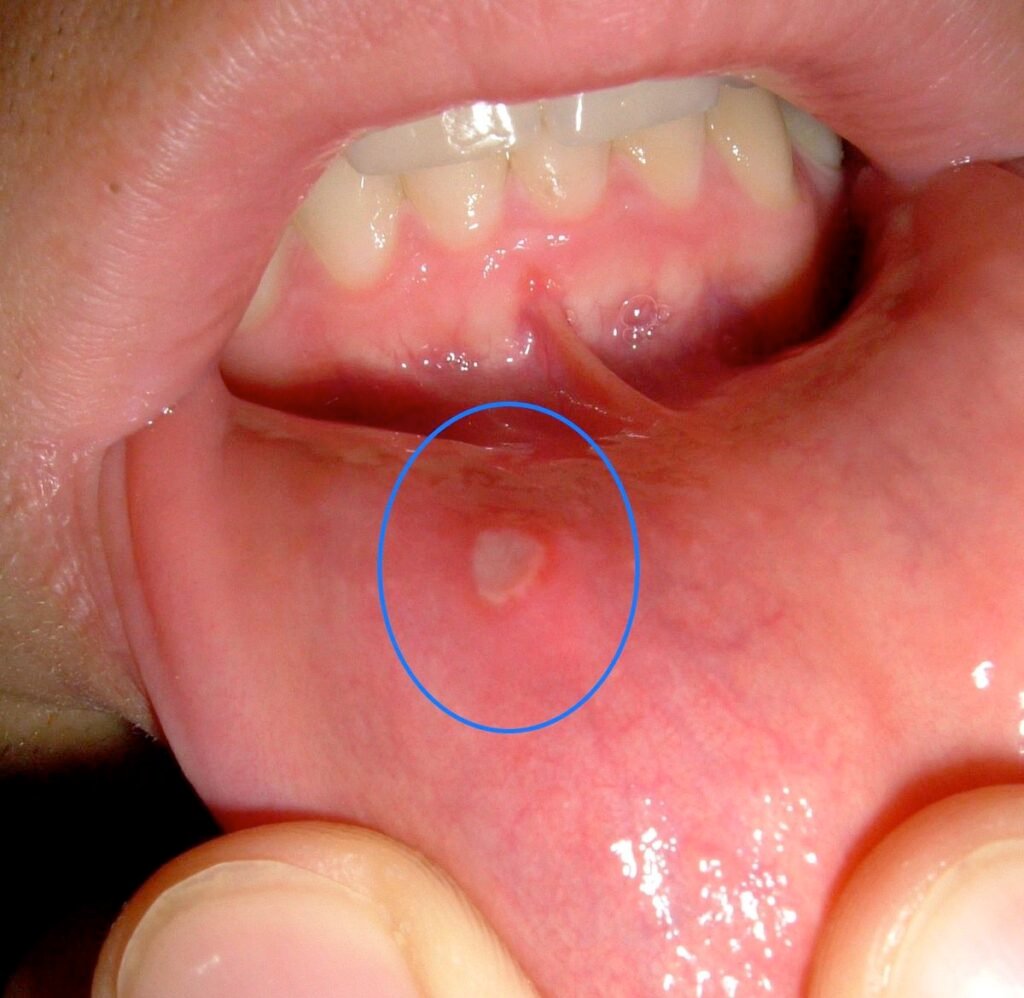
In stressed rats, green juice and fractions of green juice from young barley leaves containing water-soluble proteins and organic compounds showed anti-stomach ulcer activity. Clinical studies indicate that chlorophyll may be the most effective agent for stimulating tissue repair.
WGJ is being studied as a potential therapy for ulcerative colitis due to its high concentration of bioflavonoids, which are thought to have anti-inflammatory and antioxidant properties. Apigenin, one of these bioflavonoids, has been shown to inhibit TNF-induced transactivation.
- Kidney Related Ailments
Included in the section are the problem of stones, inflammation of the urinary bladder, and inflammation of the kidneys. If wheatgrass juice is taken regularly the results are better and the cure is faster.

- Anti-Arthritic Action
An uncooked vegetable train diet rich in lactobacilli was found to reduce subjective symptoms of rheumatoid arthritis in rheumatoid patients randomized into diet and control groups. According to the findings of the studies that the following dietary factors (fermented wheat drink, wheatgrass drink, dietary fibre, and iron) were partially (48%) responsible for the observed decrease in disease activity index. In addition, the studies revealed a significant response in arthritic patients.
- Fractures
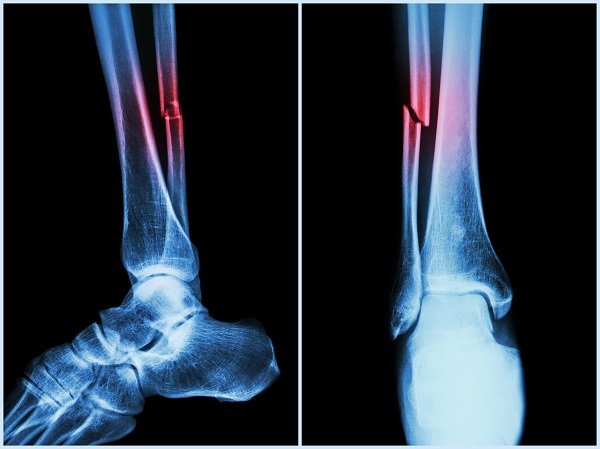
If the fracture is closed, apply immediately to the suspected fracture site before splinting. If the skin is broken, apply it around the wound. Reduces swelling, bruising, and pain significantly.
- Acute and chronic gout
Every 3 to 4 hours, apply. Maintains hyperuricemic treatment. Hyperuricemics’ anti-inflammatory effect is aided, and the attack is shortened. Continue using it on a daily basis to help prevent future attacks.
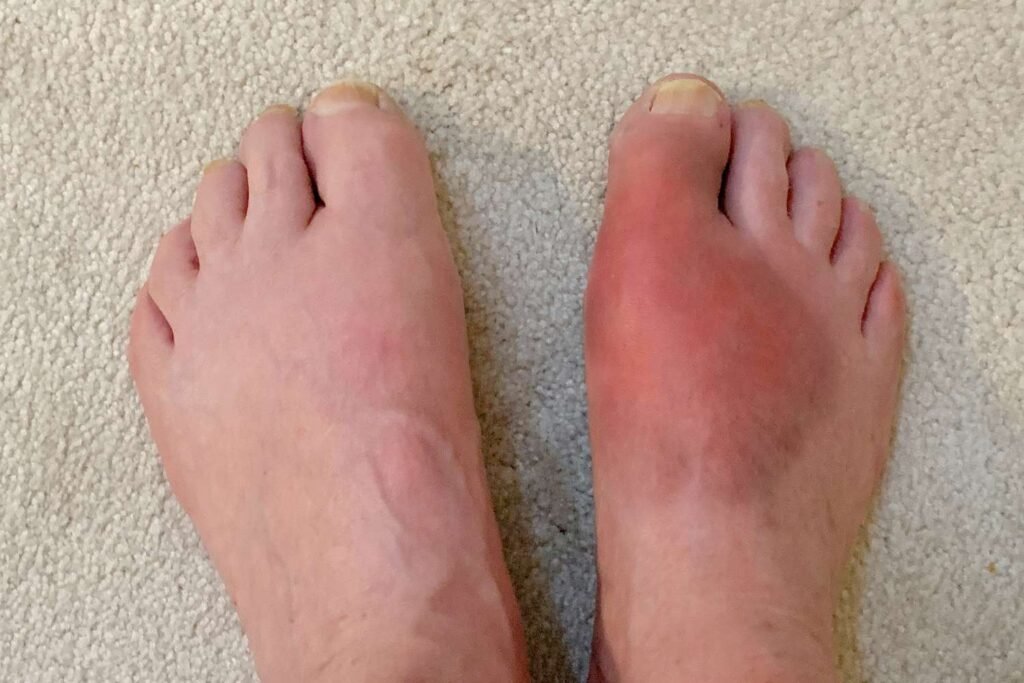
Cultivation of Wheat Grass and Its Parameters. Wheatgrass can be grown outdoors, but it is most commonly grown indoors on trays filled with potting mix for 15 days. The leaves eventually split as they grow. The blades can be snipped off at this “jointing stage,” allowing a second round of leaves to grow. Wheatgrass was successfully grown in growth chambers and in field conditions at temperatures ranging from 18 to 26 degrees Celsius and relative humidity levels ranging from 40 to 50%.
